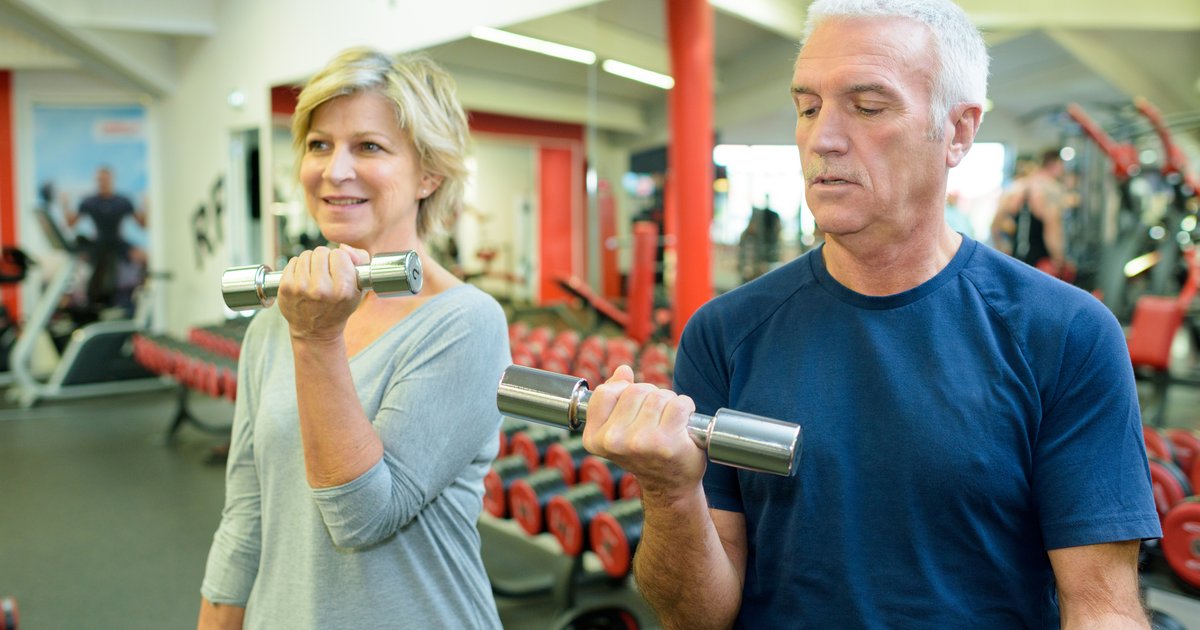Residents of this Wisconsin city were among the top 10 fittest in America in 2023
Staying fit in winter?
This group of four – their team name is the Y-Nots – shows up for each other to stay motivated during the winter, whether at the gym or at a cool 5K.
Physical activity is important.
In fact, physical inactivity is one of just three choice behaviors on the Centers for Disease Control and Prevention’s list of high-risk conditions. The other two are smoking and substance abuse.
For the past 16 years, the American College of Sports Medicine’s American Fitness Index has ranked the 100 largest American cities based on 34 fitness indicators ― both citizens’ personal behaviors and each city’s fitness-related resources and infrastructure. In doing so, the Fitness Index determines America’s top “fittest cities” each year.
Personal health factors evaluated include exercise and sleep habits, fruit and vegetable consumption, and the prevalence of health conditions like asthma, heart disease and diabetes in a city. Community and environment factors include air quality, residents’ proximity to parks, walkability and a city’s number of physical activity venues such as basketball hoops, playgrounds, recreation centers and swimming pools.
“Cities that rank near the top of the Fitness Index have more strengths and resources that support healthy living and fewer challenges that hinder it,” the 2023 Fitness Index report says.
Wisconsin’s two largest cities ranked in the top half of the 100 in 2023, with Madison in sixth and Milwaukee ranking 43rd. Here’s the data behind these rankings.
Madison is the sixth-fittest city in the U.S.
In sixth place, Wisconsin’s capital city ranked among the top 10 fittest cities on the Fitness Index in 2023.
In addition to an overall ranking, each city was given a “personal health” and a “community and environment” rank. Madison ranked sixth for personal health and 24th for community and environment factors.
In terms of personal health, over 64% of Madisonians reported being in “excellent or very good health,” the most of any city in the report.
Nearly 90% of Madisonians reported exercising in the past month compared to about 78% of people across all 100 cities. Over 11% walk or bike to work, compared to 3.4% nationwide in the report. Additionally, Madisonians sleep more and smoke less than the 100-city average. However, more suffer from asthma, and almost 51% reported “poor mental health in the previous month,” compared to about 42% across all cities.
When it comes to community and environment factors, Madison boasts the most playgrounds per 10,000 residents of any city in the report ― about seven playgrounds per 10,000 people. The city has nearly 11 parks per 10,000 residents, and 95% of residents live within a 10-minute walk to a park. Madison also has more basketball hoops and tennis courts per resident than average but fewer ball diamonds, recreation centers and swimming pools.
Madison received a “bike score” of 65.5, about 13 points better than the 100-city average of 52.3. The city also has one of the lowest percentages of residents struggling with food insecurity, 7% compared to an average of nearly 12%.
Milwaukee is the 43rd-fittest city in the US
Wisconsin’s largest city ranked 43rd overall on the Fitness Index in 2023. Milwaukee ranked 73rd for “personal health” but seventh for “community and environment” fitness factors.
Over 81% of Milwaukeeans reported exercising in the past month compared to about 78% across all 100 cities in the report. Slightly more Milwaukeeans also walk, bike or take public transportation to work when compared with the report’s average. However, a greater-than-average percentage of Milwaukee residents smoke and sleep less than seven hours per night.
About 50% of Milwaukeeans reported being in “excellent or very good health,” slightly lower than the 100-city average of almost 53%. Additionally, 34.5% and 45.5% reported poor physical and mental health in the past month, respectively ― both about 3% higher than the 100-city averages. According to the report, more Milwaukeeans also have asthma, obesity, high blood pressure, stroke and heart disease than the 100-city average, however, fewer have diabetes.
In terms of community and environment factors, 90% of Milwaukeeans live within a 10-minute walk of a park. There are about four parks and 2.5 playgrounds per 10,000 residents, according to the Fitness Index. The city received above-average walkability and bike scores, and fewer residents struggle with food insecurity than the report’s national average.
Milwaukee also has more ball diamonds, basketball hoops, recreation centers, swimming pools and tennis courts per resident than the 100-city average.
What are the top 10 fittest cities in America?
Arlington, Va., earned the title of America’s “fittest city” for the sixth year in a row, ranking number one for “personal health” and “community and environment” factors. Arlington ranked among the top 10 for 16 of the 34 fitness indicators.
“Arlington had the highest percentage of residents exercising in the last 30 days, the lowest percentage of residents with diabetes, no pedestrian fatalities and tied for cities with the highest percentage of residents who live within a 10-minute walk to a park,” the Fitness Index reported.
Here are the top 10 fittest cities in America according to the 2023 Fitness Index:
- Arlington, Va.
- Washington, D.C.
- Seattle
- Minneapolis
- Irvine, Calif.
- Madison, Wis.
- San Francisco
- St. Paul, Minn.
- Denver
- Oakland, Calif.
Want to dive deeper into the data? You can compare any of the 100 cities and see how they scored on each of the 34 fitness indicators here: americanfitnessindex.org/rankings.
Related
Neck Cloud Launches Cervical Traction Device For US Fitness Enthusiasts
A new cervical traction device is being launched in the US aimed at fitness enthusiasts, offering a safer, more affordable, and more convenie
How Hyrox Took Over New York – and the Rest…
Hyrox returns to New York this May for a follow-up to last year’s NYC event, which put the popular fitness race on the map in America When
Jane Fonda, Yoga and ‘Pumping Iron’: How the 1970s Changed…
“I think of women’s fitness history as B.J. and A.J. — Before Jane and After Jane,” Ken Alan, a kinesiologist who taught aerobics in the 1970s, said in
The American population is aging, and the fitness industry is…
When it comes to men and women over 50 who aspire to live healthy, 2025 could be a banner year. Why? Well, the numbers tell the story, and this year, more than













